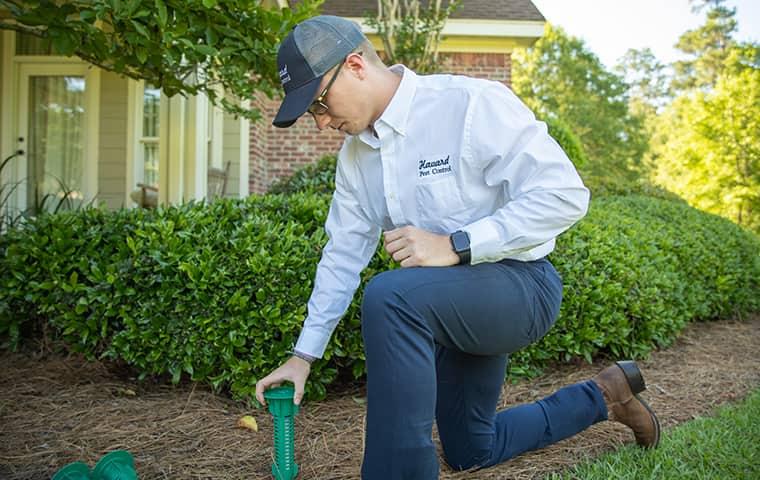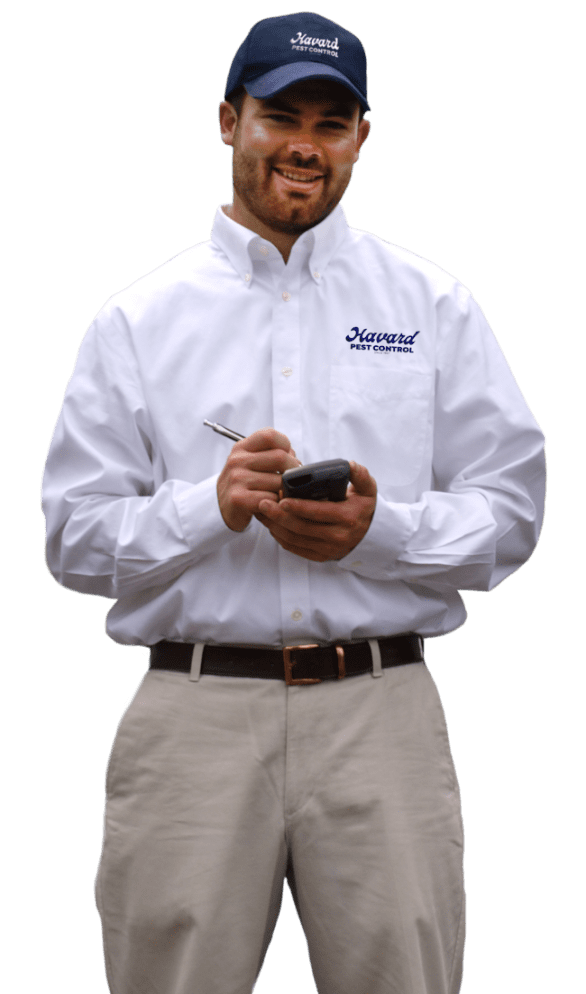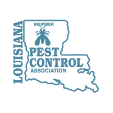Protect Your Home From Termites With Help From Havard
There are more than 2,000 different termite species that infest homes across the United States, but the two that you are most likely to see in the Southern U.S. are Subterranean and Formosan termites. It’s no secret that termites thrive in warm damp weather. Due to this, it’s important to remain vigilant for signs of infestation in the Spring and early Summer as swarms form more during these times of the year. If you suspect that you have a termite problem, seek professional assistance immediately. Havard’s termite control plan is ideal for homes already infested with termites and for homeowners in termite-prone areas looking to keep termites out.
Termite Control Process
Our technicians will inspect your property for termite activity, damage caused by termites, and conducive conditions to a termite infestation. After the inspection, your technician will discuss your treatment options and recommend the most effective termite control plan for your property. The two termite control methods we employ are termite baiting and the application of liquid termite treatments.

Bait Treatments Administered by Havard
Sentricon is a widely utilized bait praised for being one of the most environmentally friendly options for termite control on the market today. Baiting is effective because it stops termite reproduction at its central hub. Worker termites carry the active ingredient back to their queen, who is then unable to reproduce more offspring.
Liquid Termite Treatment and Pre-Treatment
Termidor is another type of bait that has proved to be very effective and is specially formulated for termite control. It works by sitting low in the ground and administering a constant dose of liquid bait that is irresistible to termites.
Generally, we recommend a liquid pre-treatment plan for property owners building in areas that are prone to termite activity. If neighbors around your home have termite problems, they can easily travel into your lawn looking for food. Liquid pre-treatment plans are usually started before pouring the foundation to ensure the elimination of existing termite forerunners. Next, a liquid solution will be poured around foundation walls and footing along the interior of the build. Along the outside, the same measures will be taken, with additional applications injected deep into the soil near chimney bases and other structures making direct contact with the ground. A follow-up application is usually included in the original treatment plan and scheduled to take place within the first year.
This service includes a one-year reapplication and replacement treatment warranty that can be renewed and transferred during the annual inspection.
Termite Control Frequently Asked Questions
How much does termite control cost?

Pricing for termite control varies based on many different factors. To provide you with the most accurate quote, Havard will conduct a free inspection to determine the severity of the infestation, the size of the structure, and other factors. Based on their analysis of the situation a termite control treatment plan quote will be generated.
How do I renew my termite warranty and how much does it cost?

In order to renew your termite warranty with Havard, please schedule an annual inspection so that we can evaluate your property for termite activity.
How do I know if I have a termite problem?

During seasonal peaks when termites swarm, you may see them in increased numbers on the outside of your home. You may also notice mud buildup, or tubes running along the exterior of your home. Additionally, look for cracked paint, as this can be a sign that termites have been tunneling beneath it. You can also tap along beams and boards, listening closely for any areas that may sound hollow. These steps can be repeated along the interior of the home such as crawlspaces and attics.
How can I tell the difference between a subterranean termite infestation and a Formosan one?

One of the best ways is to compare the size and shape of the termites that you see in your home. Subterranean termites are small at 1/8th of an inch in length and whitish-yellow as nymphs, maturing to a dark brown or black coloration as adults. Formosan termites grow larger, at up to ½ an inch in length, with small mandibles, and are lighter in coloration. Next, colony size can be compared. Subterranean termite colonies typically build mud tubes connecting their underground chambers to the surface to gather water. Formosan termites differ in that they build their colonies above ground, and do not have to return to the ground, instead they are able to transport moisture to their nest using constructed cartons.


 Reviews
Reviews





